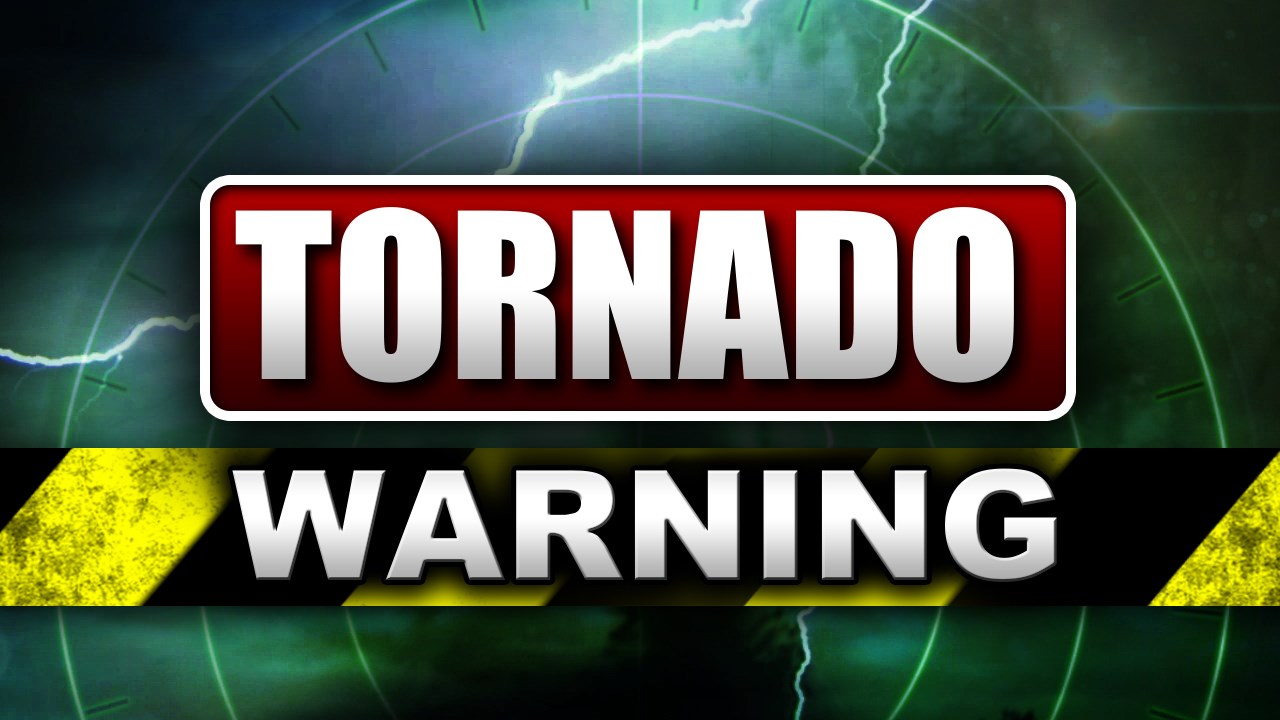Weather Conditions and Safety Precautions: Tornado Warning

Tornado warning – Tornadoes, violent and unpredictable, are nature’s fury unleashed. Understanding the weather conditions that precede them and adhering to safety precautions are crucial for survival.
Amidst the deafening roar of nature’s fury, tornado warnings ignite a primal fear within us. Yet, in the realm of meteorological precision, the latest updates on Tyler TX weather provide solace. By staying informed, we harness the power of knowledge to navigate the treacherous paths of storms, safeguarding our lives and those we hold dear.
Before a tornado strikes, the atmosphere becomes charged with electricity. Dark, ominous clouds gather, often accompanied by thunder and lightning. The wind picks up speed, swirling and changing direction erratically. The air pressure drops, creating a sense of unease.
As the tornado warning blares through the air, the weight of anticipation hangs heavy. In this moment of heightened vigilance, it’s crucial to stay informed and connected. Turn to the storm tracker for real-time updates on the storm’s path and intensity.
By empowering yourself with knowledge, you gain a sense of control amidst the chaos, allowing you to make informed decisions that safeguard your loved ones and property from the wrath of the tempest.
Tornado Warning Safety Precautions
When a tornado warning is issued, immediate action is imperative. Seek shelter immediately in a sturdy building or underground, away from windows and exterior walls.
- Designated Safe Areas: Identify designated safe areas in your home or workplace, such as basements, interior rooms, or hallways.
- Stay Informed: Monitor weather updates and warnings through radio, television, or mobile apps. Heed all instructions from authorities.
- Practice Tornado Drills: Regular tornado drills help familiarize individuals with safety procedures, ensuring a swift and organized response.
Emergency Plan and Preparedness, Tornado warning
Having an emergency plan in place is essential. It should include designated meeting points, evacuation routes, and a list of emergency contacts.
- Emergency Kit: Prepare an emergency kit containing water, non-perishable food, a first-aid kit, a flashlight, and a battery-powered radio.
- Know Your Surroundings: Familiarize yourself with the tornado shelter locations in your community.
- Stay Calm: Remaining calm during a tornado warning is crucial. Panic can hinder decision-making and increase the risk of injury.
Tornado Warning Systems and Detection Methods

When faced with the threat of a tornado, timely warnings can make all the difference in protecting lives and property. Various regions employ different types of tornado warning systems, each with its own strengths and limitations.
One common type of warning system relies on a network of weather spotters, who visually identify tornadoes and report their location to the National Weather Service (NWS). These reports are then used to issue tornado warnings for affected areas.
Radar and Weather Satellites
Another critical tool for tornado detection is radar technology. Doppler radar systems can detect the rotation of air within a thunderstorm, which can indicate the presence of a tornado. Weather satellites also play a role, providing valuable data on cloud patterns and atmospheric conditions that can contribute to tornado formation.
While these technologies have significantly improved tornado detection capabilities, challenges and limitations remain. Tornadoes can sometimes develop rapidly, making it difficult to issue warnings in time. Additionally, certain types of tornadoes, such as those that occur at night or in areas with complex terrain, can be more challenging to detect.
Ongoing research and advancements in technology aim to address these limitations. Enhanced radar systems, improved data processing algorithms, and the use of artificial intelligence are among the areas being explored to further enhance tornado detection and warning capabilities.
Impacts and Preparedness
Tornadoes possess immense destructive power, capable of inflicting severe damage to infrastructure, property, and human life. Their unpredictable nature and rapid formation often leave communities vulnerable and unprepared. Therefore, it is crucial to understand the potential impacts of tornadoes and implement comprehensive preparedness measures to mitigate their effects.
Community Preparedness
- Establish Early Warning Systems: Effective tornado warning systems provide timely alerts, allowing residents to seek shelter and take necessary precautions.
- Develop Emergency Response Plans: Pre-established emergency response plans ensure coordinated efforts among emergency responders, healthcare providers, and community members during and after a tornado event.
- Conduct Public Education Campaigns: Raising awareness about tornado risks, safety measures, and emergency procedures empowers communities to respond appropriately in the face of danger.
- Encourage Community Resilience: Building community resilience involves fostering collaboration, communication, and a sense of collective responsibility among residents to support each other before, during, and after a tornado event.
Individual Preparedness
- Create a Tornado Safety Plan: Determine a safe shelter location in your home or workplace and establish an evacuation route in case of an emergency.
- Assemble an Emergency Kit: Include essential supplies such as water, non-perishable food, first-aid supplies, a battery-powered radio, and a flashlight.
- Stay Informed: Monitor weather forecasts and warnings through local news, weather apps, or social media channels.
- Seek Shelter Immediately: If a tornado warning is issued or a tornado is sighted, seek shelter in a designated safe place, such as a basement, interior room, or underground shelter.
